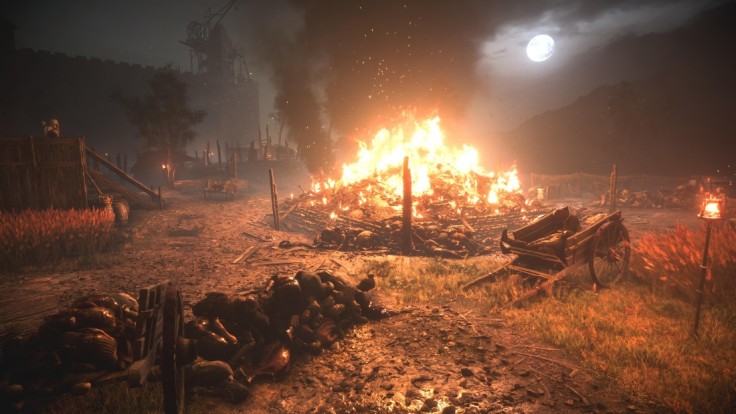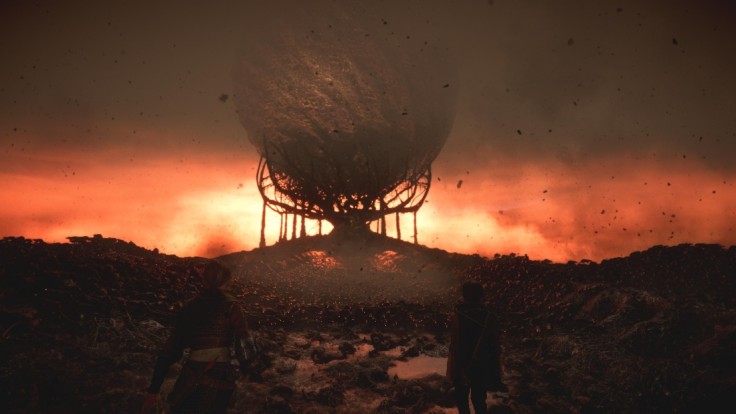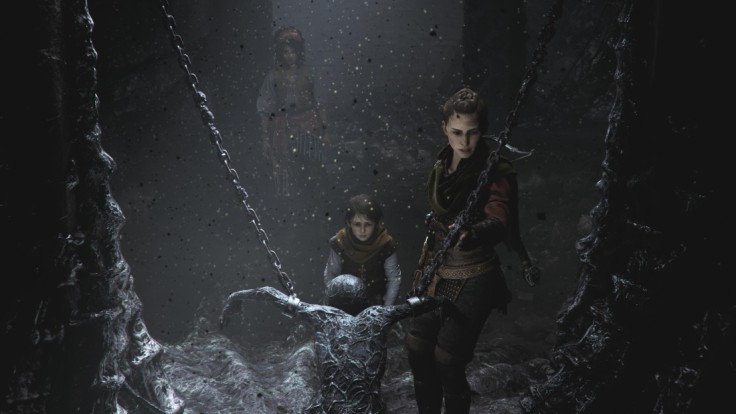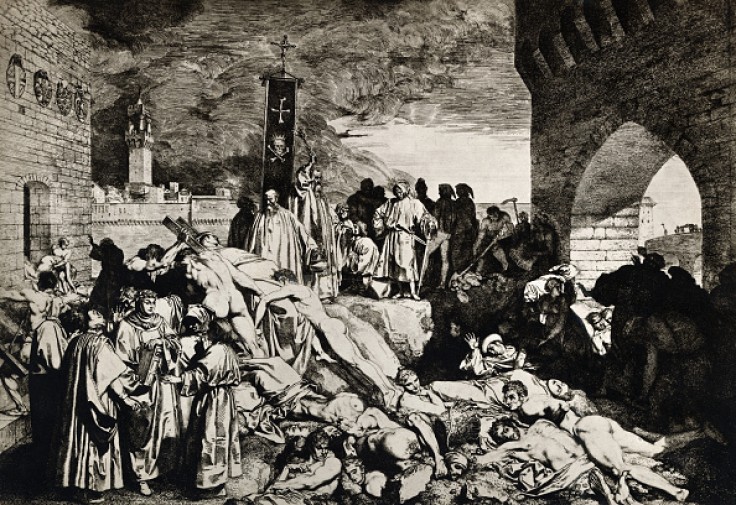A Plague Tale: Innocence and A Plague Tale: Requiem is perhaps two of the most underrated AAA games. While there are plot holes that can potentially be clarified in future titles, the existing lore is already enthralling enough that you'll find yourself staring into space after you finish it.
Much of the narrative revolves around the Prima Macula (or just Macula), and how it turned the life of the de Rune family into a full-blown nightmare. In the first game and the sequel, you'll be taking on the role of Amicia de Rune, the sister of the other protagonist and the Carrier, Hugo.

(Spoilers Ahead)
What is the Prima Macula?
The game never really explained what the Prima Macula is exactly. All that was said is that it travels in certain bloodlines and it can lay dormant for centuries until it is awakened. In the entirety of the game, you will get to witness the horror that it brings once it does come to life.

Lucas, one of the supporting characters in the A Plague Tale series, explained that the Macula was also known as "the first corruption." Alchemists refer to the phenomenon that has awoken the curse as "The Great Break," although the game does not go into detail about what that entails.
People who have the Macula in their blood are called Carriers. It can be determined early if the curse is manifesting as it can be seen as creeping black veins on the Carrier's skin. The awakened Macula is also called "The Original State."
As the Carrier grows into a young child, they will experience more symptoms such as headaches, ringing in the ears, and black veins spreading to the hands and face. This is also where rats start to actualize and spread the plague or "The Bite."

This will continue until they reach the First Threshold, which will be extremely painful for the Carrier. The game mentioned that the host can die from the pain, or they can accept the Macula, leading to them being able to control the rats and move on to the next threshold.
The Second Threshold is yet another aspect that A Plague Tale left unexplained. It was only acknowledged when Hugo and Amicia's mother, Beatrice, mentioned that Hugo had already passed it. It's likely a worse case of the Macula, which hurts the Carrier more or gives them more control of the rats.
As for the Last Threshold, this is where the Carrier gives in to the Macula and they become one. Unfortunately, this eventually kills the Carrier, but not before they create the Nebula, along with setting off an explosion that envelopes a large area with fog where the rats can spread rampantly, as it snuffs out the light that can kill them.

History of the Macula
Before we dive into the de Rune family's predicament, it is important to know that Hugo is not the first Carrier of the curse when it awoken. The oldest record was that of a child named Basilius, who was born in 534 AD.
In the sequel, Amicia learns that Basilius was the source of the Justinian Plague, which is a real-life plague that had a death toll between 25 million to 100 million. They found his calcified corpse chained in a specially built underground prison, showing how he suffered because of the curse.
The Macula is studied by The Order, which is an organization of the greatest alchemists who aim to put a stop to what they believe is an evil curse. Out of fear of Basilius crossing the final threshold, they locked him in the underground prison, which pushed him to give himself to the Macula, unleashing a plague.

It was only through the agonizing transition of Hugo that we saw what happens in between. Not only can the Carrier summon the rats, but they can also control where the rats would go. We also learned that the curse can also be acquired through a blood transfusion as Vitalis did.
Just like Basilius, Hugo also unleashed the plague wherever he was. Since Hugo was born in 1343, the game could be alluding to the Black Death. Researchers even found that both the Justinian Plague and the Black Death were caused by the same bacterium.










